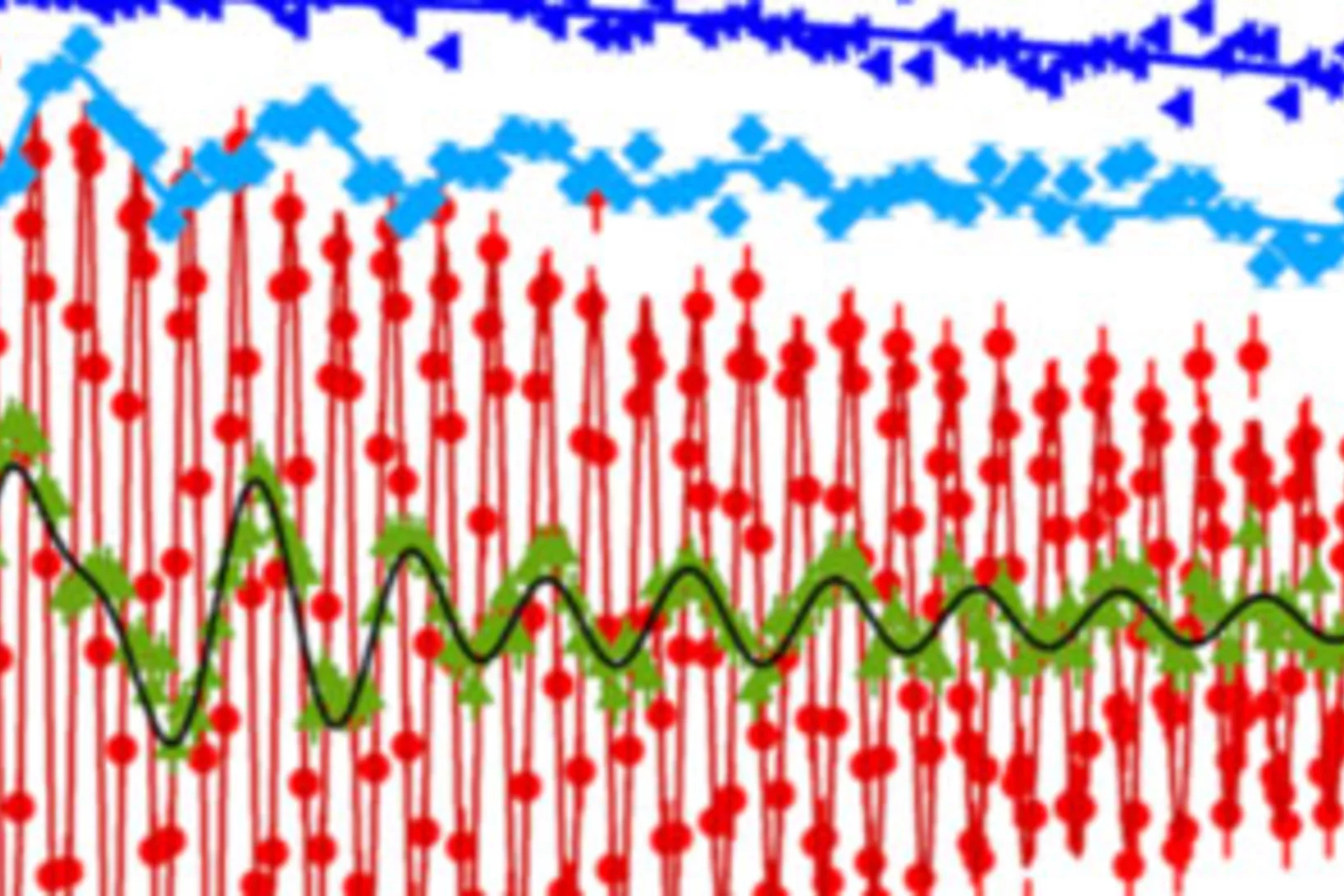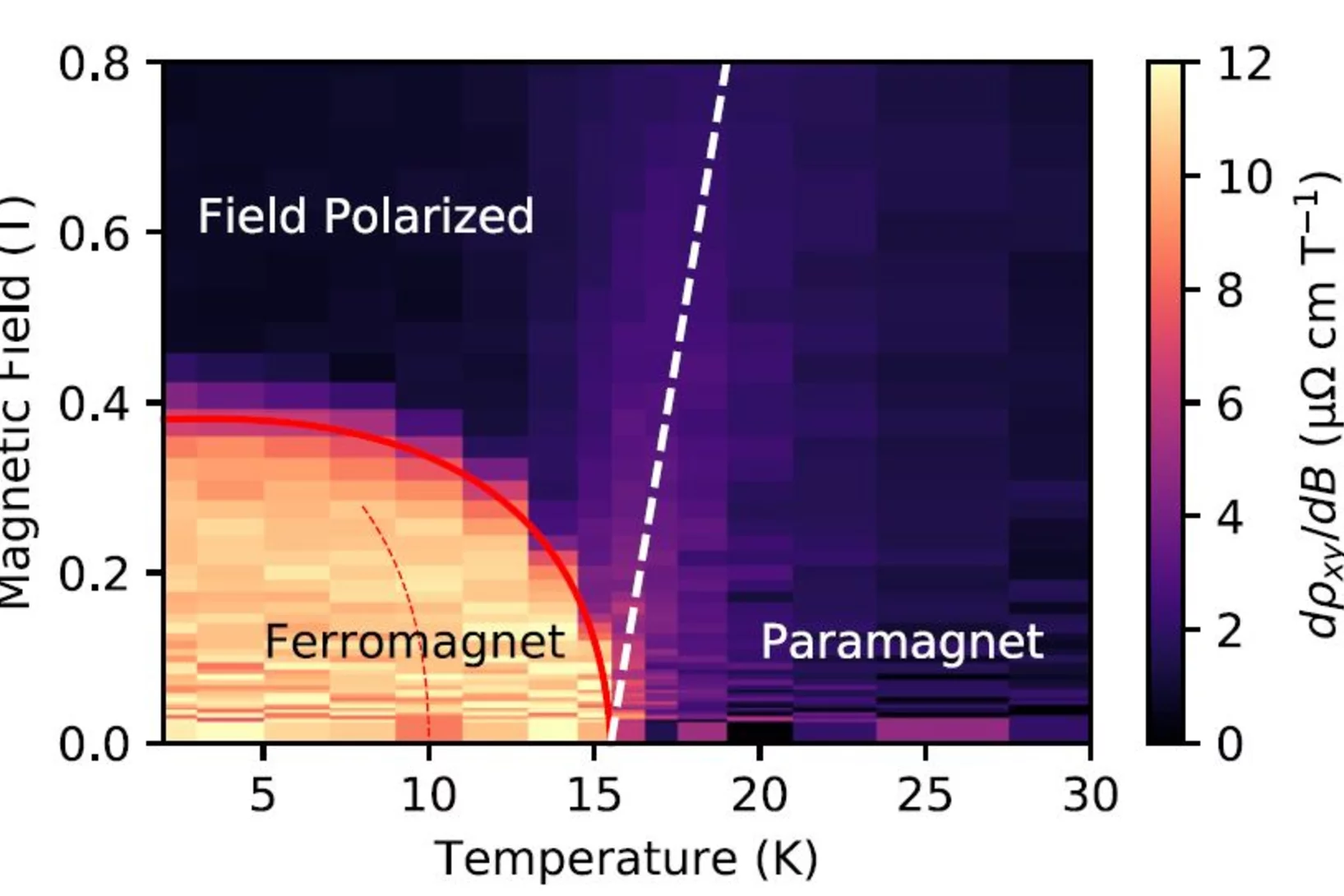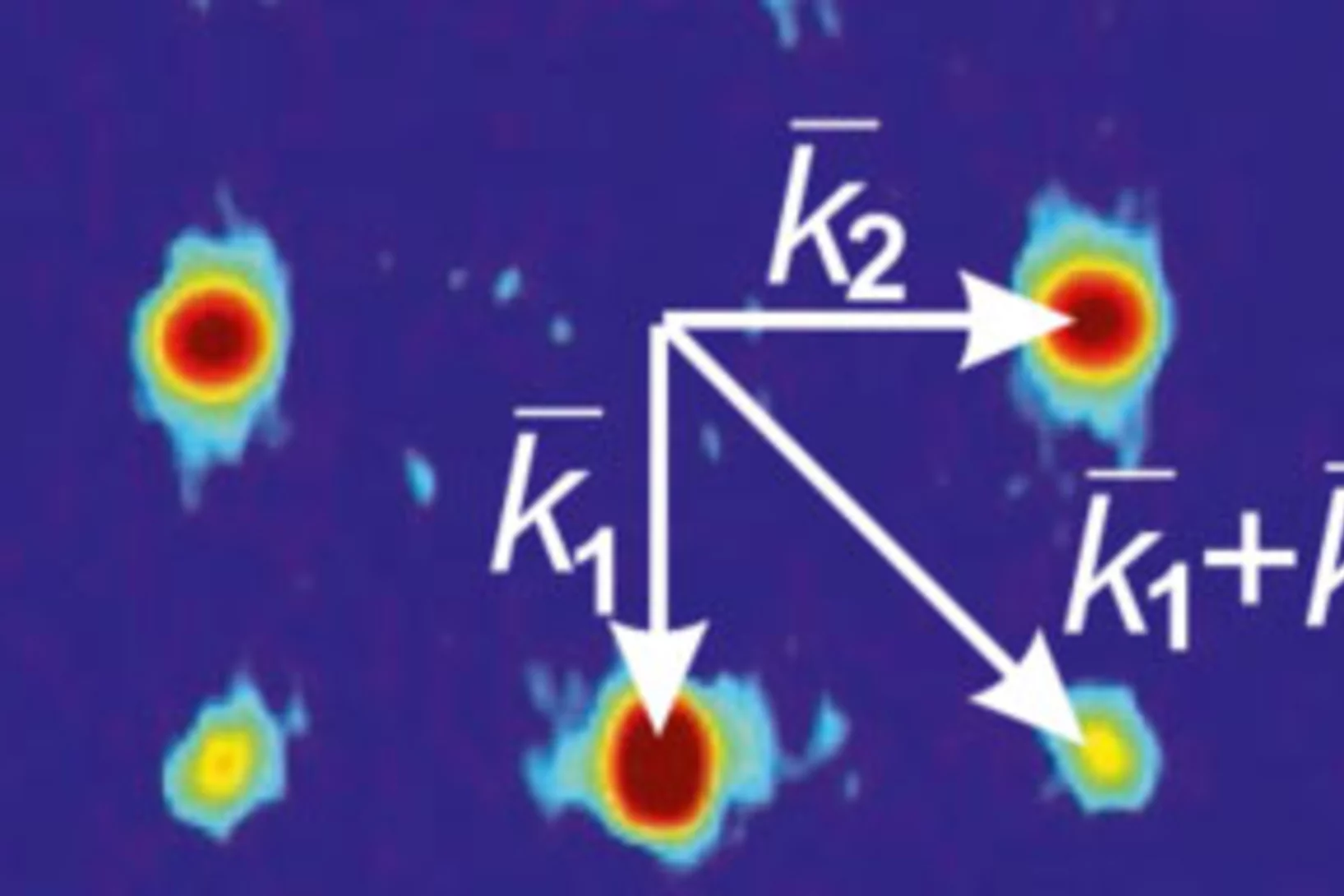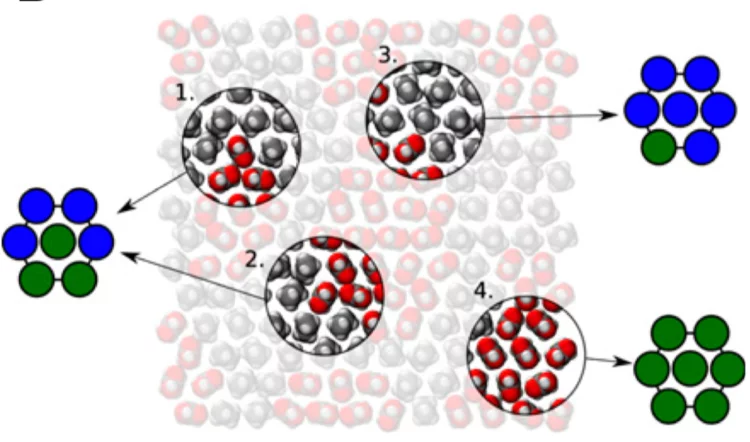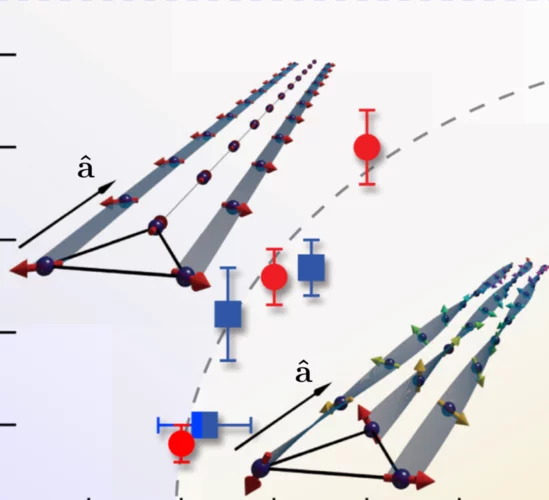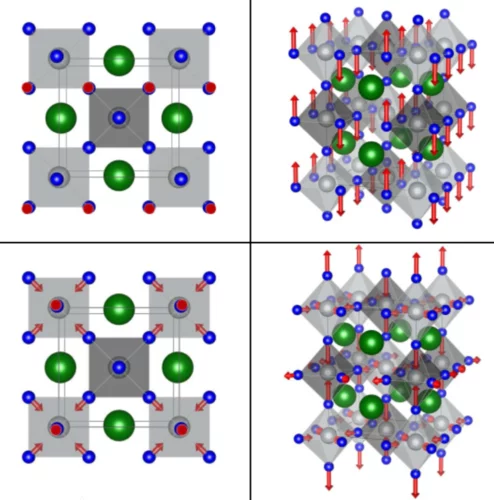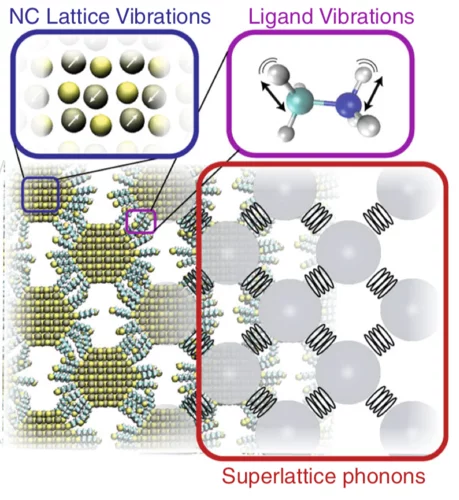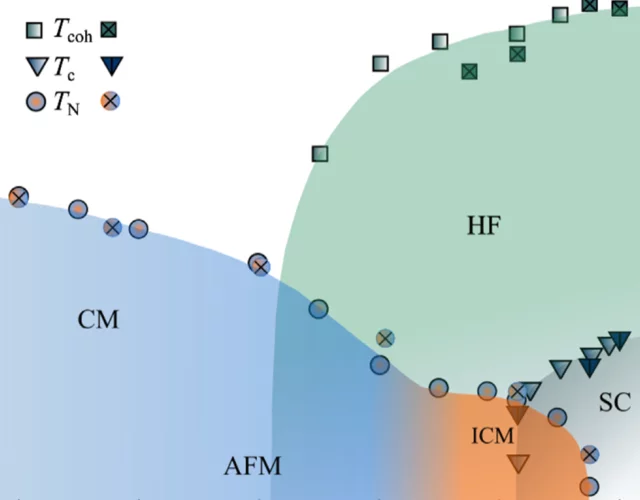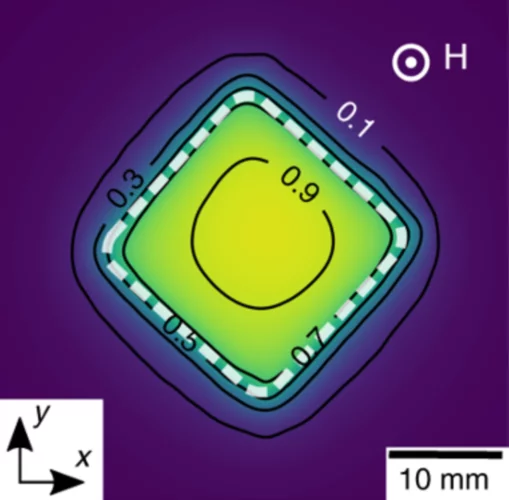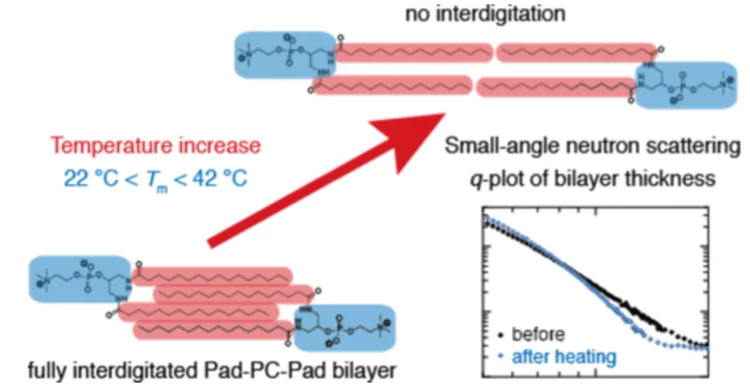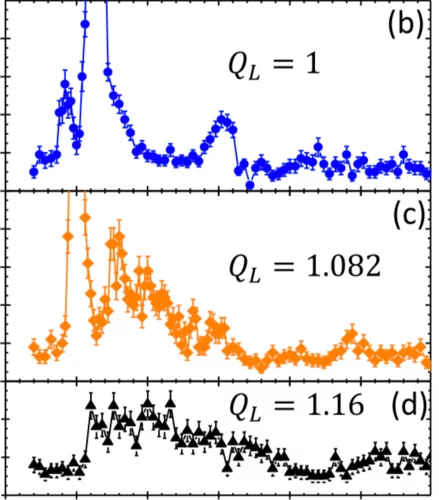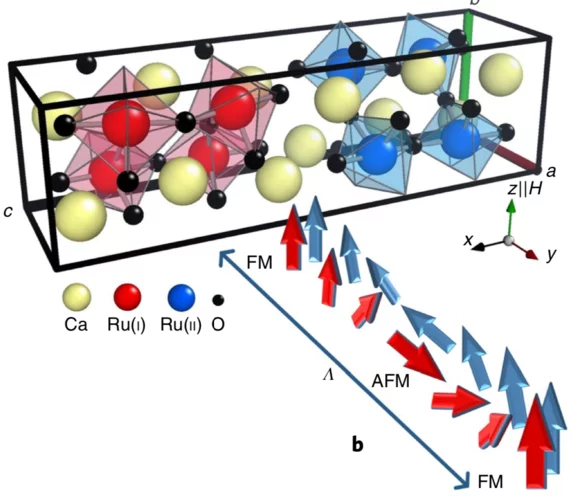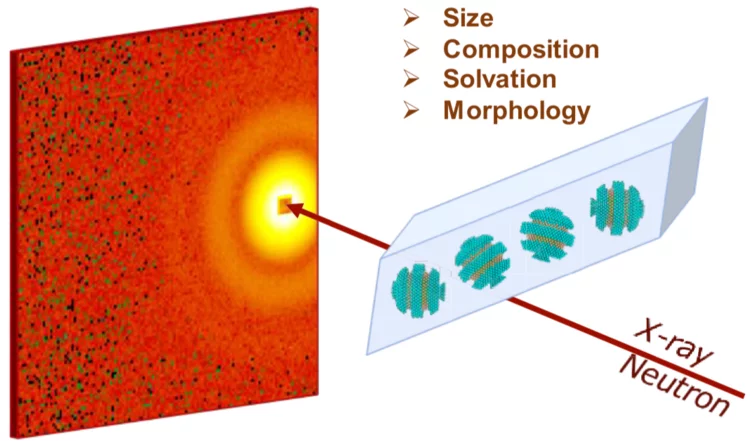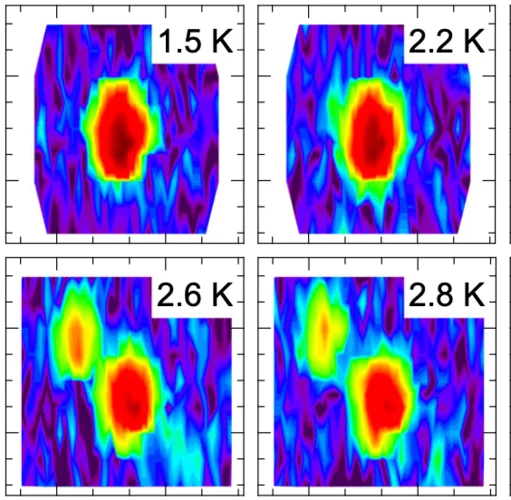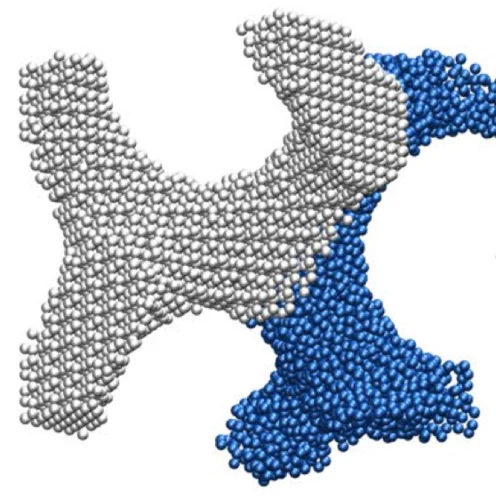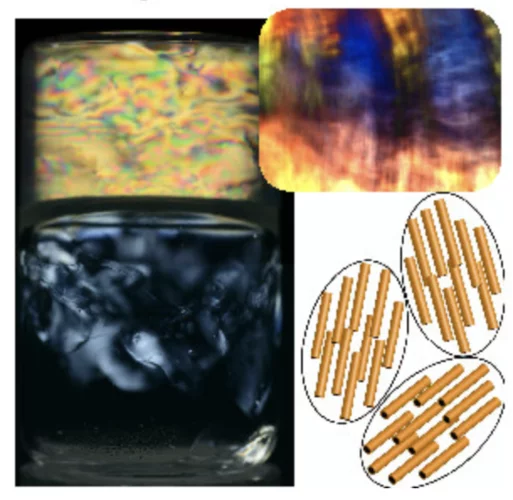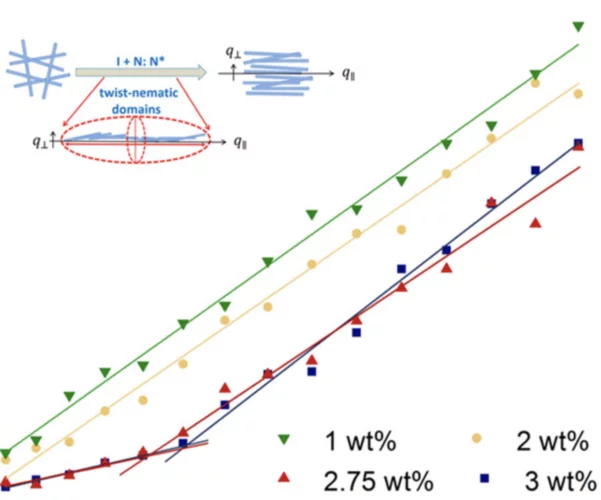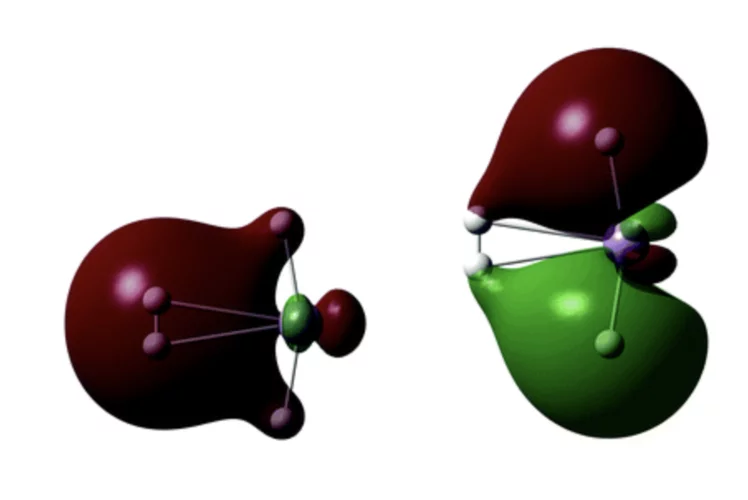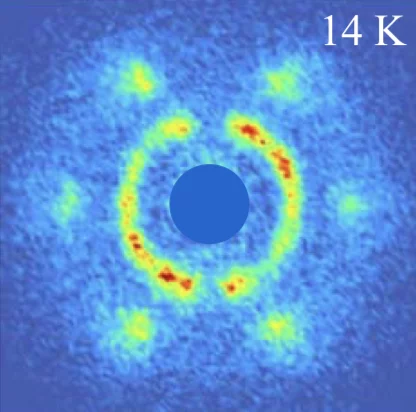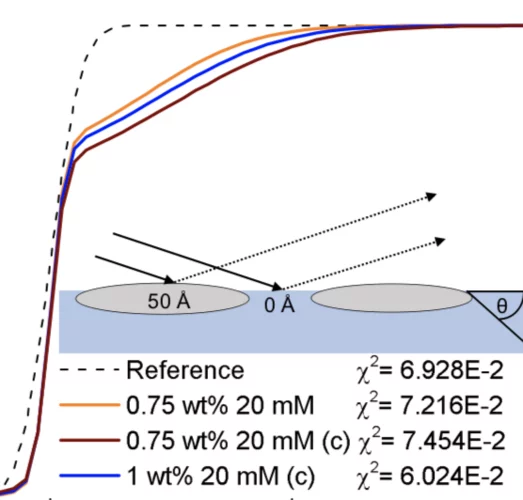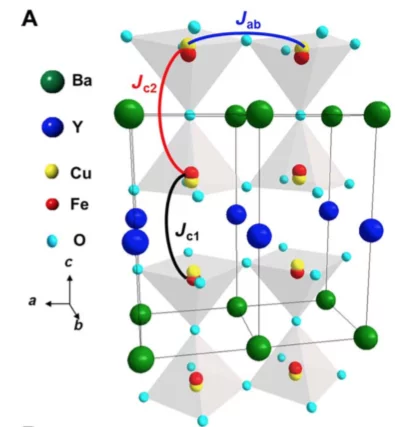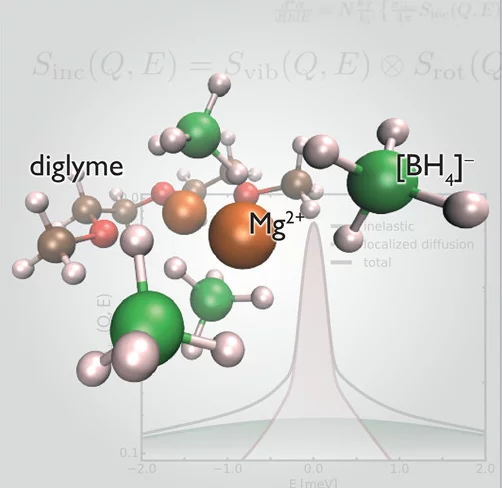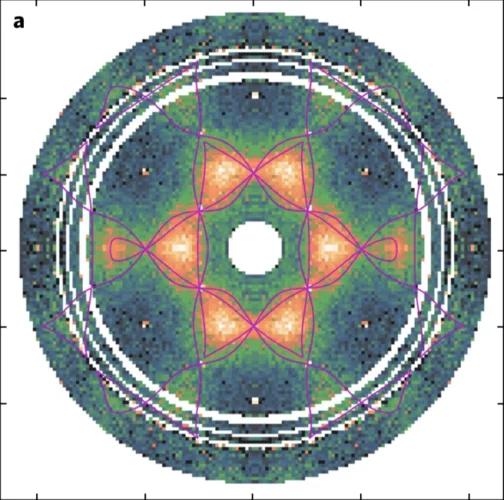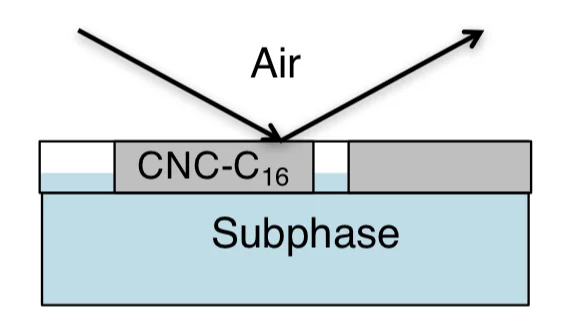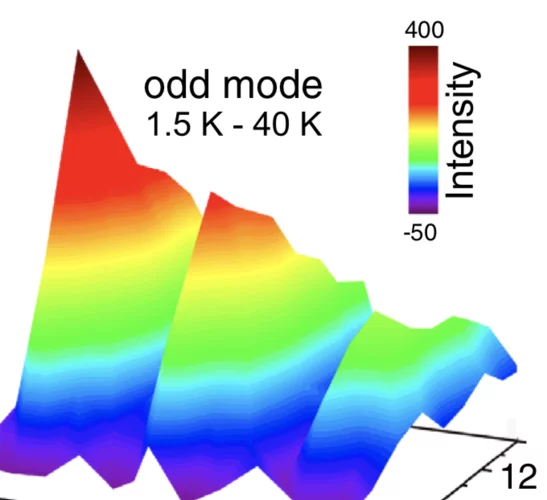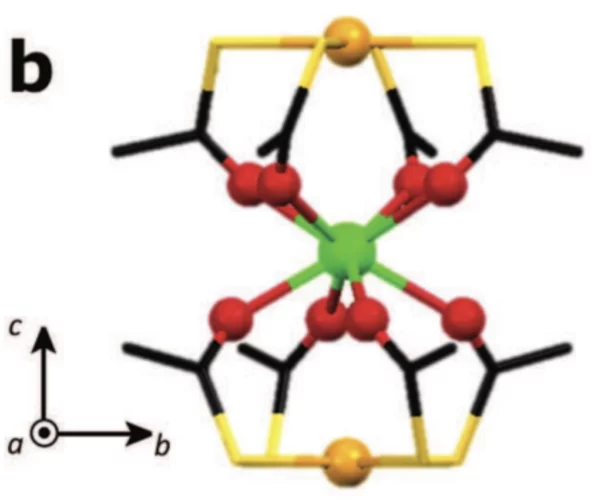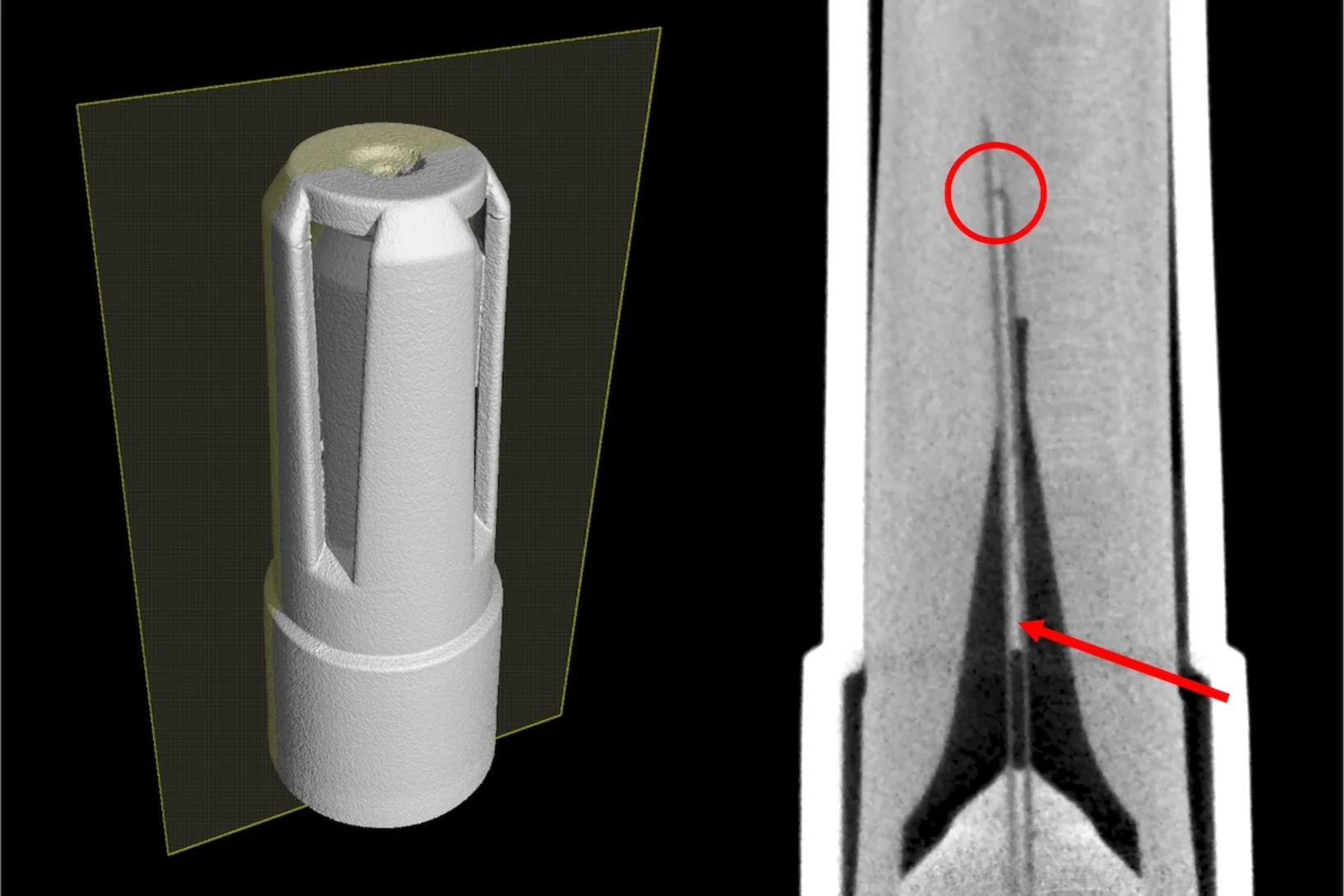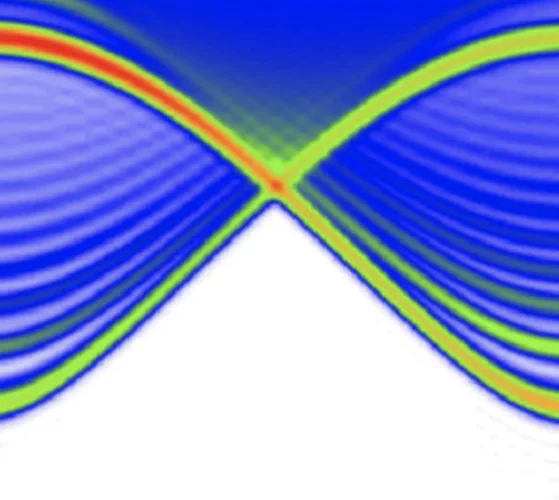Tunable anomalous Hall conductivity through volume-wise magnetic competition in a topological kagome magnet
Magnetic topological phases of quantum matter are an emerging frontier in physics and material science. Along these lines, several kagome magnets have appeared as the most promising platforms. Here, we explore magnetic correlations in the kagome magnet Co3Sn2S2. Using muon spin-rotation, we present evidence for competing magnetic orders in the kagome lattice of this compound.
Magnetism and anomalous transport in the Weyl semimetal PrAlGe: possible route to axial gauge fields
In magnetic Weyl semimetals, where magnetism breaks time-reversal symmetry, large magnetically sensitive anomalous transport responses are anticipated that could be useful for topological spintronics. The identification of new magnetic Weyl semimetals is therefore in high demand, particularly since in these systems Weyl node configurations may be easily modified using magnetic fields. Here we explore experimentally the magnetic semimetal PrAlGe, and unveil a direct correspondence between easy-axis Pr ferromagnetism and anomalous Hall and Nernst effects.
Topological Magnetic Phase in the Candidate Weyl Semimetal CeAlGe
We report the discovery of topological magnetism in the candidate magnetic Weyl semimetal CeAlGe. Using neutron scattering we find this system to host several incommensurate, square-coordinated multi-k⃗ magnetic phases below TN. The topological properties of a phase stable at intermediate magnetic fields parallel to the c axis are suggested by observation of a topological Hall effect.
Determination and evaluation of the nonadditivity in wetting of molecularly heterogeneous surfaces
Every folded protein presents an interface with water that is composed of domains of varying hydrophilicity/-phobicity. Many simulation studies have highlighted the nonadditivity in the wetting of such nanostructured surfaces in contrast with the accepted theoretical formula that is additive. We present here an experimental study on surfaces of identical composition but different organization of hydrophobic and hydrophilic domains.
Field-induced double spin spiral in a frustrated chiral magnet
Magnetic ground states with peculiar spin textures, such as magnetic skyrmions and multifunctional domains are of enormous interest for the fundamental physics governing their origin as well as potential applications in emerging technologies. Of particular interest are multiferroics, where sophisticated interactions between electric and magnetic phenomena can be used to tailor several functionalities.
Distortion mode anomalies in bulk PrNiO3: Illustrating the potential of symmetry-adapted distortion mode analysis for the study of phase transitions
The origin of the metal-to-insulator transition (MIT) in RNiO3 perovskites with R = trivalent 4f ion has challenged the condensed matter research community for almost three decades. A drawback for progress in this direction has been the lack of studies combining physical properties and accurate structural data covering the full nickelate phase diagram. Here we focus on a small region close to the itinerant limit (R = Pr, 1.5K < T < 300K), where we investigate the gap opening and the simultaneous emergence of charge order in PrNiO3.
Nanocrystal superlattices as phonon-engineered solids and acoustic metamaterials
Phonon engineering of solids enables the creation of materials with tailored heat-transfer properties, controlled elastic and acoustic vibration propagation, and custom phonon-electron and phonon-photon interactions. These can be leveraged for energy transport, harvesting, or isolation applications and in the creation of novel phonon-based devices, including photoacoustic systems and phonon-communication networks.
Evolution of Magnetic Order from the Localized to the Itinerant Limit
Quantum materials that feature magnetic long-range order often reveal complex phase diagrams when localized electrons become mobile. In many materials magnetism is rapidly suppressed as electronic charges dissolve into the conduction band. In materials where magnetism persists, it is unclear how the magnetic properties are affected.
Visualization and quantification of inhomogeneous and anisotropic magnetic fields by polarized neutron grating interferometry
The intrinsic magnetic moment of a neutron, combined with its charge neutrality, is a unique property which allows the investigation of magnetic phenomena in matter. Here we present how the utilization of a cold polarized neutron beam in neutron grating interferometry enables the visualization and characterization of magnetic properties on a microscopic scale in macroscopic samples.
Small-Angle Neutron Scattering Study of Temperature-Induced Structural Changes in Liposomes
Liposomes of specific artificial phospholipids, such as Pad-PC-Pad and Rad-PC-Rad, are mechanically responsive. They can release encapsulated therapeutics via physical stimuli, as naturally present in blood flow of constricted vessel segments. The question is how these synthetic liposomes change their structure in the medically relevant temperature range from 22 to 42 °C.
Tomonaga-Luttinger Liquid Spin Dynamics in the Quasi-One-Dimensional Ising-Like Antiferromagnet BaCo2V2O8
Combining inelastic neutron scattering and numerical simulations, we study the quasi-one-dimensional Ising anisotropic quantum antiferromagnet BaCo2V2O8 in a longitudinal magnetic field. This material shows a quantum phase transition from a Néel ordered phase at zero field to a longitudinal incommensurate spin density wave at a critical magnetic field of 3.8 T.
Metamagnetic texture in a polar antiferromagnet
The notion of a simple ordered state implies homogeneity. If the order is established by a broken symmetry, the elementary Landau theory of phase transitions shows that only one symmetry mode describes this state. At the exact points of phase coexistence, domain states composed of large regions of different phases can be stabilized by long-range interactions.
Multidimensional Characterization of Mixed Ligand Nanoparticles Using Small Angle Neutron Scattering
The properties of ligand protected gold nanoparticles are determined by the synergistic interplay of their structural components, including the metal core, the ligand shell, and the solvation layer. However, the simultaneous characterization of all these components remains a major challenge given their disparate chemical nature.
Elementary excitation in the spin-stripe phase in quantum chains
Elementary excitations in condensed matter capture the complex many-body dynamics of interacting basic entities in a simple quasiparticle picture. In magnetic systems the most established quasiparticles are magnons, collective excitations that reside in ordered spin structures, and spinons, their fractional counterparts that emerge in disordered, yet correlated spin states.
Soft biomimetic nanoconfinement promotes amorphous water over ice
Water is a ubiquitous liquid with unique physicochemical properties, whose nature has shaped our planet and life as we know it. Water in restricted geometries has different properties than in bulk. Confinement can prevent low-temperature crystalliza- tion of the molecules into a hexagonal structure and thus create a state of amorphous water. To understand the survival of life at subzero temperatures, it is essential to elucidate this behaviour in the presence of nanoconfining lipidic membranes.
Ion-Induced Formation of Nanocrystalline Cellulose Colloidal Glasses Containing Nematic Domains
Controlling the assembly of colloids in dispersion is a fundamental approach toward the production of functional materials. Nanocrystalline cellulose (NCC) is a charged nanoparticle whose colloidal interactions can be modulated from repulsive to attractive by increasing ionic strength.
Anisotropic Diffusion and Phase Behavior of Cellulose Nanocrystal Suspensions
In this paper, we use dynamic light scattering in polarized and depolarized modes to determine the translational and rotational diffusion coefficients of concentrated rodlike cellulose nanocrystals in aqueous suspension. Within the range of studied concentrations (1–5 wt %), the suspension starts a phase transition from an isotropic to an anisotropic state as shown by polarized light microscopy and viscosity measurements.
A manganese hydride molecular sieve for practical hydrogen storage under ambient conditions
A viable hydrogen economy has thus far been hampered by the lack of convenient hydrogen storage solutions for long hauls and transportation/delivery infrastructure. Current approaches require high pressure and/or complex heat management systems to achieve acceptable storage densities. Development of hydrogen storage solutions operating at near ambient conditions can mitigate the complexity, cost and safety perception issues currently hindering the hydrogen economy.
Multiple-q noncollinear magnetism in an itinerant hexagonal magnet
Multiple-q spin order, i.e., a spin texture characterized by a multiple number of coexisting magnetic modulation vec- tors q, has recently attracted attention as a source of nontrivial magnetic topology and associated emergent phenome- na. One typical example is the triple-q skyrmion lattice state stabilized by Dzyaloshinskii-Moriya interactions in noncentrosymmetric magnets, while the emergence of various multiple-q states of different origins is expected according to the latest theories.
Adsorption and Interfacial Layer Structure of Unmodified Nanocrystalline Cellulose at Air/Water Interfaces
Nanocrystalline cellulose (NCC) is a promising biological nanoparticle for the stabilization of fluid interfaces, which is however poorly understood due to the inability to form controlled NCC interfacial layers. Herein we present parameters that allow the adsorption of unmodified NCC at the air-water (A/W) interface. Initial NCC adsorption is limited by diffusion, followed by monolayer saturation and decrease in surface tension at the time scale of hours.
Design of magnetic spirals in layered perovskites: Extending the stability range far beyond room temperature
In insulating materials with ordered magnetic spiral phases, ferroelectricity can emerge owing to the breaking of in- version symmetry. This property is of both fundamental and practical interest, particularly with a view to exploiting it in low-power electronic devices. Advances toward technological applications have been hindered, however, by the rel- atively low ordering temperatures Tspiral of most magnetic spiral phases, which rarely exceed 100 K.
Dynamics of the Coordination Complexes in a Solid-State Mg Electrolyte
Coordination complexes of magnesium borohydride show promising properties as solid electrolytes for magnesium ion batteries and warrant a thorough microscopic description of factors governing their mobility properties. Here, the dynamics of Mg(BH4)2-diglyme0.5 on the atomic level are investigated by means of quasielastic neutron scattering supported by density functional theory calculations and IR and NMR spectroscopy.
Multiple Coulomb phase in the fluoride pyrochlore CsNiCrF6
The Coulomb phase is an idealized state of matter whose properties are determined by factors beyond conventional consid- erations of symmetry, including global topology, conservation laws and emergent order. Theoretically, Coulomb phases occur in ice-type systems such as water ice and spin ice; in dimer models; and in certain spin liquids. However, apart from ice-type systems, more general experimental examples are very scarce.
Modifying the contact angle of anisotropic cellulose nanocrystals: Effect on interfacial rheology and structure
Cellulose nanocrystals (CNC) are an emerging natural material with the ability to stabilize fluid/fluid interfaces. Native CNC is hydrophilic and does not change the inter- facial tension of the stabilized emulsion or foam system. In this study, rod-like cellulose particles were isolated from hemp and chemically modified to alter their hydrophobicity, i.e. their surface-activity, which was demonstrated by surface tension measurements of the particles at the air/water interface.
Pauling Entropy, Metastability, and Equilibrium in Dy2Ti2O7 Spin Ice
Determining the fate of the Pauling entropy in the classical spin ice material Dy2Ti2O7 with respect to the third law of thermodynamics has become an important test case for understanding the existence and stability of ice-rule states in general. The standard model of spin ice—the dipolar spin ice model—predicts an ordering transition at T ≈ 0.15K, but recent experiments by Pomaranski et al.
Direct electric field control of the skyrmion phase in a magnetoelectric insulator
Magnetic skyrmions are topologically protected spin-whirls currently considered as promising for use in ultra-dense memory devices. Towards achieving this goal, exploration of the skyrmion phase response and under external stimuli is urgently required.
Odd and Even Modes of Neutron Spin Resonance in the Bilayer Iron-Based Superconductor CaKFe4As4
We report an inelastic neutron scattering study on the spin resonance in the bilayer iron-based superconductor CaKFe4As4. In contrast to its quasi-two-dimensional electron structure, three strongly L-dependent modes of spin resonance are found below Tc = 35 K.
Magnetic Anisotropy Switch: Easy Axis to Easy Plane Conversion and Vice Versa
The rational design of the magnetic anisotropy of molecular materials constitutes a goal of primary importance in molecular magnetism. Indeed, the applications of molecular nanomagnets, such as single-molecule magnets and molecular magnetic refrigerants, depend on the full control over this property.
Clogging in staked-in needle pre-filled syringes (SIN-PFS): Influence of water vapor transmission through the needle shield
Staked-in needle pre-fillable syringes (SIN-PFS) are a convenient delivery system widely established in the growing pharmaceutical market. Under specific storage conditions, the needle of PFS containing high concentration drug product (DP) solution is prone to clogging, which prevents administration of the liquid.
Topological quantum phase transition in the Ising-like antiferromagnetic spin chain BaCo2V2O8
Since the seminal ideas of Berezinskii, Kosterlitz and Thouless, topological excitations have been at the heart of our understanding of a whole novel class of phase transitions. In most cases, those transitions are controlled by a single type of topological objects. There are, however, some situations, still poorly understood, where two dual topological excitations fight to control the phase diagram and the transition.
